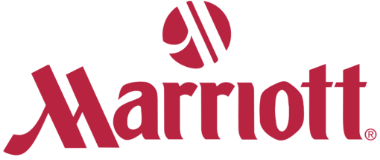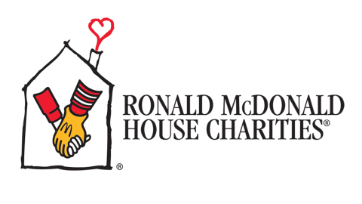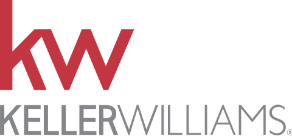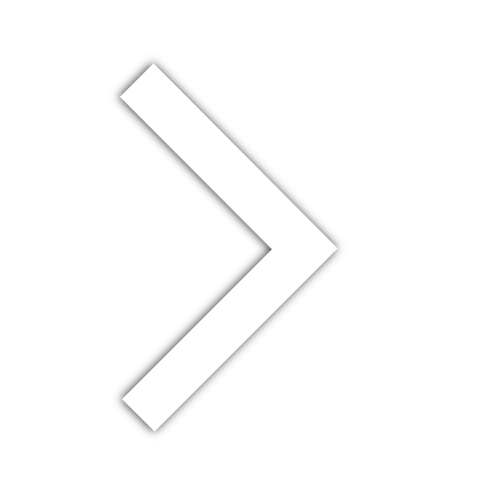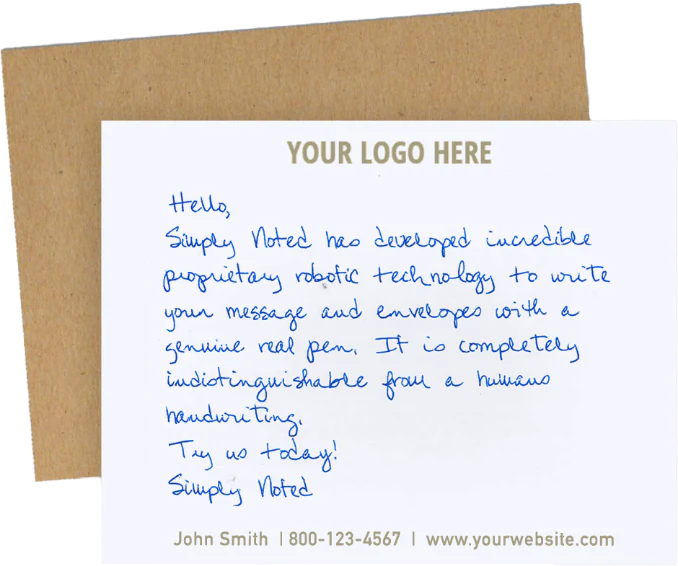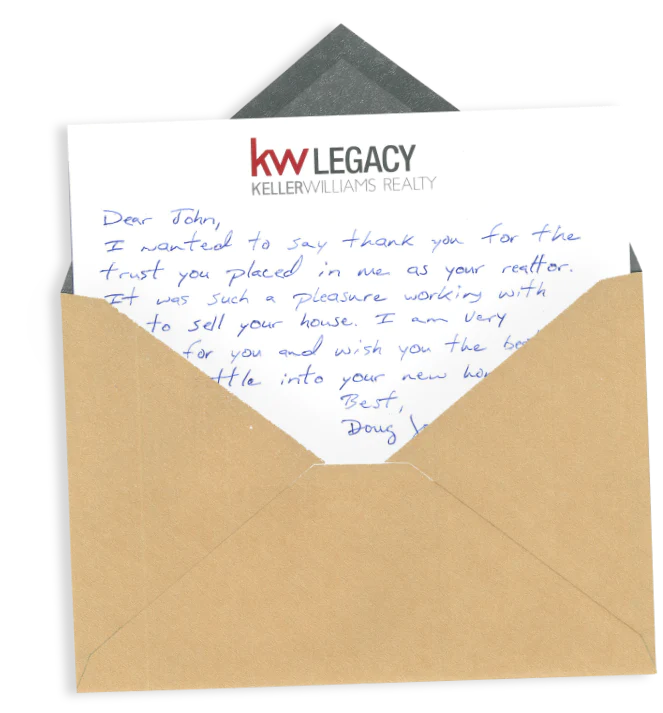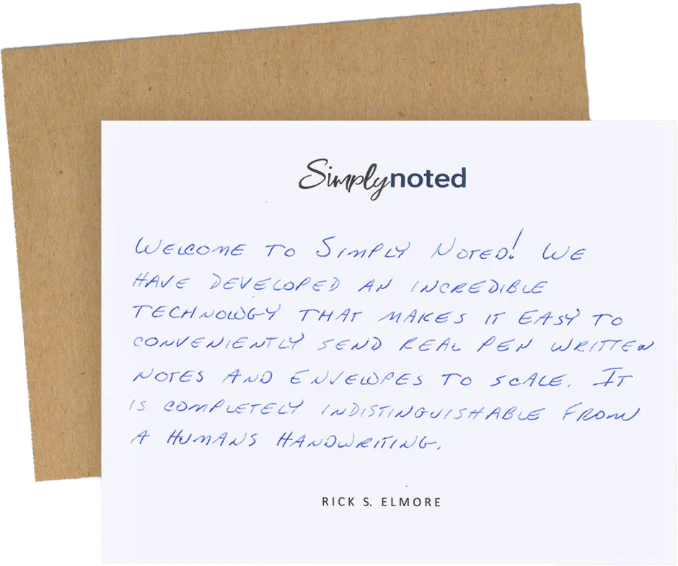How to Lower Your Cost Per Impression (CPM)

There are several different ways to measure costs and pay for online advertising. Cost per click (CPC) is the method Google employs for its search ads. Facebook allows customers to pay this way, but more commonly, they charge per impression, measured using CPM, or cost per thousand impressions. Other ad providers also use this metric.
Why the “M”? In French, a thousand is “mille.” Also, M is the roman numeral for 1000. CPM has become shorthand for the amount of money an advertiser pays for a thousand impressions. This metric is used in place of cost per impression because individual impression prices are a fraction of a cent.
Every time someone sees your ad, that’s an impression. If a particular campaign costs you $60, and you received 10,000 impressions, your cost per thousand impressions would be $6.00. Anything you can do to bring down your CPM down will necessarily lower your campaign costs. And there are plenty of options available. We’ll discuss a few of them here.
SEE ALSO: Entrepreneurship - 10 Things I Have Learned as an Entrepreneur
YOUR CAMPAIGN’S RELEVANCE SCORE IS THE KEY
When advertising with Facebook, your campaign’s relevance rankings go a long way toward determining your CPM. In each, you rank below average, average, or above average. The higher your rankings climb, the lower your cost per impression. There are other factors as well, including your ad schedule and bidding strategy, but the platform’s three relevance rankings weigh highly on your campaign cost and provide direction for how you can improve your campaign’s performance.
The three are your quality ranking, engagement rate ranking, and conversion rate ranking. Each measures specific elements of your campaign, and boosting all three will dramatically affect your CPM.
If you score well in your quality ranking, it means that your creative quality is superior to most other similar campaigns. A low score indicates that you need to put some work into creating ads that match your target audience’s idea of quality (because quality is relative and subjective.)
Engagement rate ranking captures your audience’s interactions. They might consider your ads to be high quality but still find the messaging uncompelling. If you’re having trouble boosting this ranking you’ll need to focus on images, headlines, and other eye-catching elements that make your audience want to engage with your campaign.
To reduce your CPM even further, you’ll need to improve your conversion rate ranking. A low score here indicates that your audience isn’t getting what they hoped for. This is particularly true if your other two rankings are higher. Improving your call to action and your post-click experience are two ways to match intent and expectations to results better.
In one way or another, the following suggestions serve to improve these rankings. To benefit the most, they should be used in conjunction, not separately.
SEE ALSO: How to Be Great at Sales

Adjust Your Audience Targeting
Altering your audience composition is the first thing you should experiment with because it can impact all three relevance rankings.
Facebook prides itself on showing relevant content to the people most likely to be interested in it. They reward advertisers that make their job easier by lowering their cost per impression.
Consider the net you’re casting. If you sell golf equipment, would you be better served targeting a wide audience, or niching down to people interested in golf that made a golf-related purchase in the last 30 days?
A niche audience will necessarily be smaller, but a larger percentage of them will find your ad relevant. Because this audience is sympathetic, they’ll probably rate your ad quality higher, engage with your campaign more, and convert at a faster pace.
Facebook and other platforms provide a range of tools for defining your perfect audience. You can target demographics, interests, purchase histories, site visits, and more. You can also let Facebook’s algorithms compute your ideal audience using their Lookalike Audiences feature.
Feed this feature a list of customer email addresses, and it will find their profiles, figure out who they are and what they like, and then create an audience that matches their profile. It allows you to quickly target people precisely like the people that already buy from you.
SEE ALSO: Handwritten Business Letters: How They Can Help Your Business
Don’t Show Your Ad Too Frequently
Narrowing down your audience is only part of the equation. You also need to be sure you’re not showing your ad to those people too frequently. If they see it too often, they’re likely to stop engaging with it, leading to higher overall costs.
Try to keep your ad frequency around three. Lower than that, and you could miss out on people that need to see something a few times before they’ll act. Higher, and you’ll start to see lower engagement numbers and a higher than necessary cost per impression.

Employ A/B Testing
Experimentation is the key to growth. A/B testing helps you determine which ads perform well and which don’t. You might test two headlines, running them concurrently, to see which does better. Then you’d try the winner against a third headline to see if you can do even better. You can text images, copy, CTAs, and other elements in this way. Over time you’ll refine your ads, boosting their performance, increasing your rankings, and lowering your CPM.
SEE ALSO: 10 Sales Tips for New Insurance Agents
Keep Your Creative Fresh
Your ad’s relevance climbs the more engaged your audience is, leading to a lower CPM. Every few weeks, change out your images and revise your copy. The changes don’t need to be dramatic. If something’s working overall you don’t want to change it too much. You just want to freshen it up so that it feels new to people that have experience with your campaign.

Include Social Proof
People are more likely to respond to advertising claims when they come from a trusted third party. You can use social proof to increase engagement and conversions. Try including a customer review or a celebrity endorsement. Add logos from your high profile clients.
These tactics take the onus of trust away from you and place it onto people your audience already respects. It’s a great way to improve all three relevance rankings and move your CPM in the right direction.
At Simply Noted, we regularly experiment with our campaigns, working to improve their relevance and cost per thousand impressions. We’ve had good luck following the system above, and we think you can, too. Good luck!


